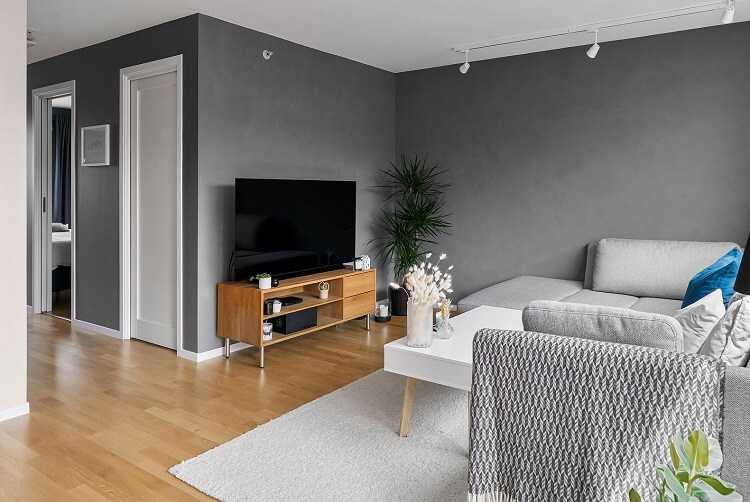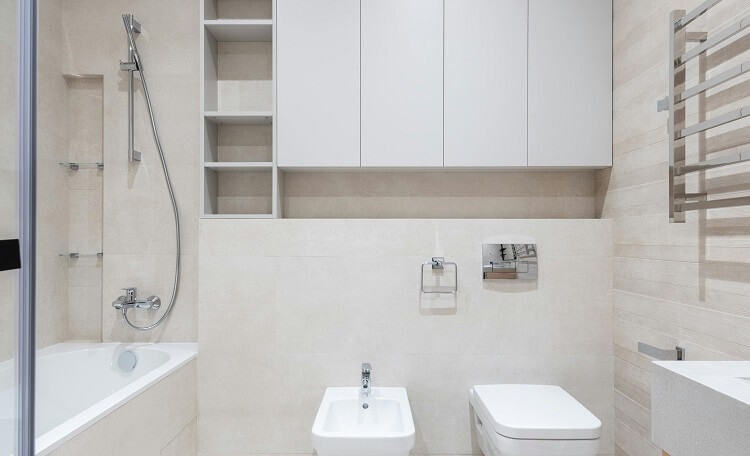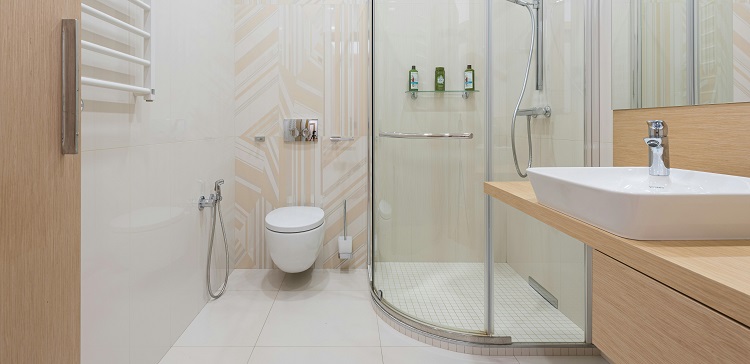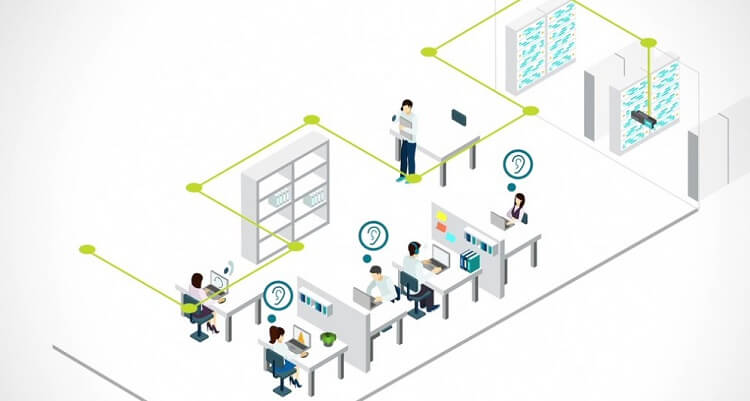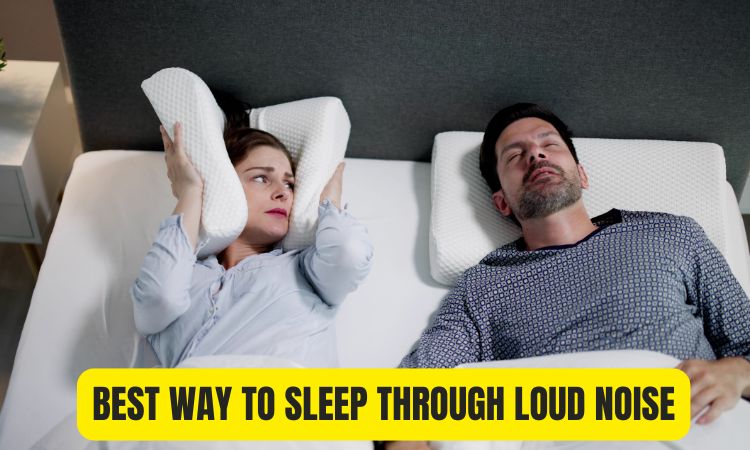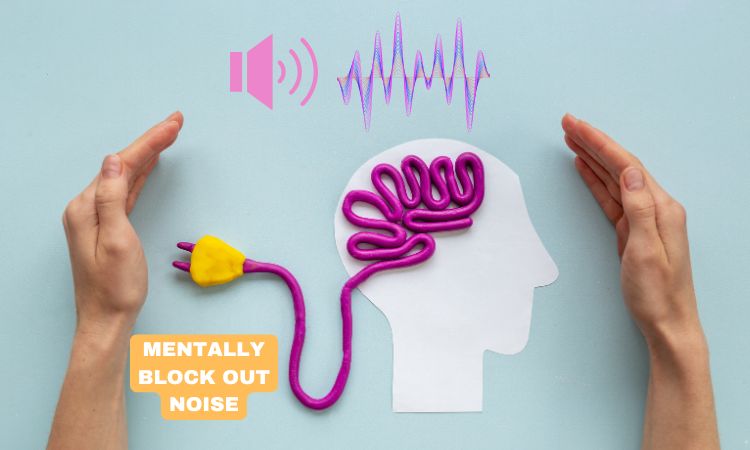
Imagine trying to concentrate on a crucial task while the incessant hum of traffic, construction noise, or chattering colleagues bombards your senses. Frustrating, right? Learning how to mentally block out noise is a valuable skill that can dramatically improve your focus, productivity, and overall well-being.
This guide explores a range of practical techniques, from mindfulness practices and cognitive strategies to the effective use of background sounds, offering you a comprehensive toolkit for reclaiming your peace and concentration in any environment.
Why Mental Noise Blocking Matters
The ability to mentally block out noise is crucial for maintaining focus, reducing stress, and enhancing overall mental well-being. Studies have shown a strong correlation between noise exposure and reduced cognitive performance, increased stress hormones, and even cardiovascular issues. Mastering the art of mental noise blocking offers several key advantages:
- Improved Focus: By filtering out distracting sounds, you can significantly enhance your concentration and productivity, allowing you to dedicate your full attention to the task at hand.
Research by the University of California, Irvine, found that interruptions and noise can decrease productivity by up to 40%.
- Stress Reduction: Constant exposure to unwanted noise can trigger stress responses, leading to frustration, anxiety, and irritability. Learning to mentally block out noise empowers you to regulate your responses and maintain inner calm, even in chaotic environments. Studies have shown mindfulness practices can significantly reduce cortisol levels, a key stress hormone.
- Enhanced Resilience: Developing mental noise-blocking skills builds mental toughness and resilience, allowing you to thrive in demanding environments, whether it’s a bustling office, a crowded coffee shop, or a noisy city street.
Train Your Mind to Filter Noise
Learning how to mentally block out noise involves training your brain to selectively filter auditory input.
Here are some powerful techniques to get you started:
Selective Listening Exercises
- Focused Listening: Practice concentrating on a specific sound, like a particular instrument in a piece of music or a single voice in a crowded room. This trains your brain to isolate and prioritize desired auditory input.
- Background Noise Filtering: In a busy environment, actively choose to focus on your primary task while consciously acknowledging and then dismissing background chatter. Over time, this will train your brain to filter out irrelevant sounds.
Visualization Techniques
- Containment Visualization: Imagine enclosing the distracting noise within a container, visualizing it becoming smaller and fainter until it disappears.
- Peaceful Scene Visualization: Create a vivid mental image of a tranquil setting – a quiet beach, a serene forest, or a peaceful mountaintop.
Immerse yourself in the details of this scene while consciously disregarding external sounds.
Desensitization Through Exposure
- Gradual Exposure: Start by practicing focus techniques in moderately noisy environments. Gradually increase the noise level as your ability to filter distractions improves.
This gradual exposure helps desensitize your brain to disruptive sounds.
Use Background Sounds for Mental Shielding
Strategically using background sounds can create a controlled auditory environment that masks distracting noises and promotes focus:
White Noise Machines and Apps
- Consistent Sounds: White noise, pink noise, and brown noise generate consistent sounds that mask unpredictable noises. Experiment with different sound profiles to find what works best for you.
- Customizable Options: Many apps offer customizable white noise options, allowing you to choose from a variety of sounds like rain, ocean waves, or static.
Ambient Music
- Calming Soundscapes: Choose instrumental tracks or nature sounds to create a soothing backdrop. Research suggests that natural sounds can have a restorative effect on cognitive function.
- Avoid Lyrics: Lyrics can introduce cognitive load and become a distraction, defeating the purpose of using background sound for focus.
Noise-Canceling Headphones
- Personal Sound Bubble: Combine noise-canceling headphones with low-volume background noise or calming music to create a personalized, distraction-free auditory environment.
Studies have shown that noise-canceling headphones can significantly improve concentration in noisy settings.
Practice Mindfulness and Meditation
Mindfulness practices enhance your ability to observe your thoughts and sensations without judgment, reducing reactivity to external distractions like noise:
Breathing Exercises
- Focused Breathing: Pay close attention to the sensation of each inhale and exhale. When your mind wanders to external noises, gently redirect your focus back to your breath. Research has shown that deep, focused breathing can calm the nervous system and reduce stress responses.
- Mantra Breathing: Pair your breath with a calming word or phrase (e.g., “calm,” “peace”).
Repeat this mantra silently with each breath to anchor your attention and minimize distractions.
Guided Meditation
- Mindful Awareness: Guided meditations specifically designed for focus and attention can help you develop the skill of observing thoughts and sensations without judgment, including the sensation of noise, allowing you to detach from its distracting effects.
Body Scan Techniques
- Internal Focus: Systematically bring your attention to different parts of your body, noticing the sensations without judgment. This redirects focus away from external noise and cultivates internal awareness.
Adopt Cognitive Behavioral Techniques (CBT)
CBT strategies offer tools for reframing your thoughts and reactions to noise:
- Reframing Noise: Instead of perceiving noise as inherently negative, try to view it as neutral information. This shift in perspective can reduce emotional reactivity and frustration.
- Positive Self-Talk: Use affirmations like, “I can maintain my focus despite the noise,” to counteract negative thoughts and build confidence in your ability to manage distractions.
- Thought-Stopping: When you notice negative thoughts arising about the noise, consciously interrupt them.
Replace these thoughts with a neutral phrase or redirect your attention to your task.
Enhance Focus Through Mental Exercises
Specific mental exercises can strengthen your cognitive endurance and improve your ability to maintain focus in the presence of noise:
The Pomodoro Technique
- Focused Intervals: Work in focused intervals (e.g., 25 minutes) followed by short breaks. This structured approach can enhance concentration and make noise less disruptive during work periods. Consider using background sound apps during focus periods to create a consistent auditory environment.
Memory Games and Puzzles
- Cognitive Training: Activities like Sudoku, crosswords, or memory games challenge your cognitive functions, improving your ability to resist distractions and maintain focus.
Single-Tasking
- Undivided Attention: Practice focusing on one task at a time.
This strengthens your attention span and makes you less susceptible to noise interference.
Case Studies and Real-Life Examples
Example 1: Managing Noise in a Shared Workspace
A study published in the Journal of Environmental Psychology found that employees in open-plan offices experienced significant reductions in concentration and increased stress due to noise distractions. Implementing noise-reducing strategies, such as sound masking systems and designated quiet zones, led to improvements in focus and job satisfaction.
Example 2: Enhancing Focus While Studying
Research conducted at a university library demonstrated that students who used noise-canceling headphones while studying performed significantly better on comprehension tests compared to those who studied in a noisy environment without any noise-reduction strategies.
FAQ
Can anyone learn how to mentally block out noise?
Yes, with consistent practice and the right techniques, most people can significantly improve their ability to manage noise distractions and enhance their focus.
How long does it take to see results with mental noise-blocking techniques?
The timeframe for noticeable improvement varies depending on the individual and the specific techniques used. Many people experience some benefits within a few weeks of consistent practice, while others may require more time to develop their skills fully.
Are mental noise-blocking techniques better than physical soundproofing?
Both mental techniques and physical soundproofing can be effective, and the ideal approach often involves a combination of both.
Mental techniques offer the advantage of portability and can be applied in any environment, while physical soundproofing provides a more direct solution for controlling noise at the source.
What if I’m highly sensitive to noise?
If you experience extreme sensitivity to noise, it’s essential to consult with a healthcare professional, such as an audiologist or therapist, to rule out any underlying medical conditions and develop a personalized management plan.
Conclusion
Mastering mental noise-blocking puts you in charge of your sound environment. It builds focus and calm, no matter the distractions. This guide shares techniques like mindfulness, cognitive tricks, and background sounds. These turn noise from stress into productivity and peace. Start today to sharpen your focus and enjoy a quieter mind.

